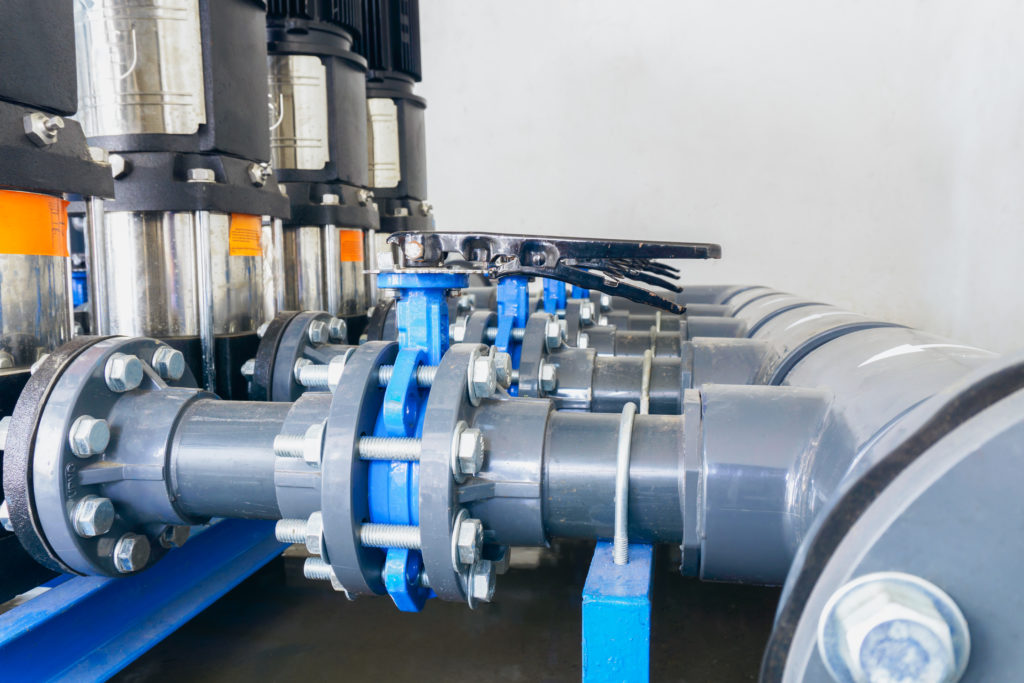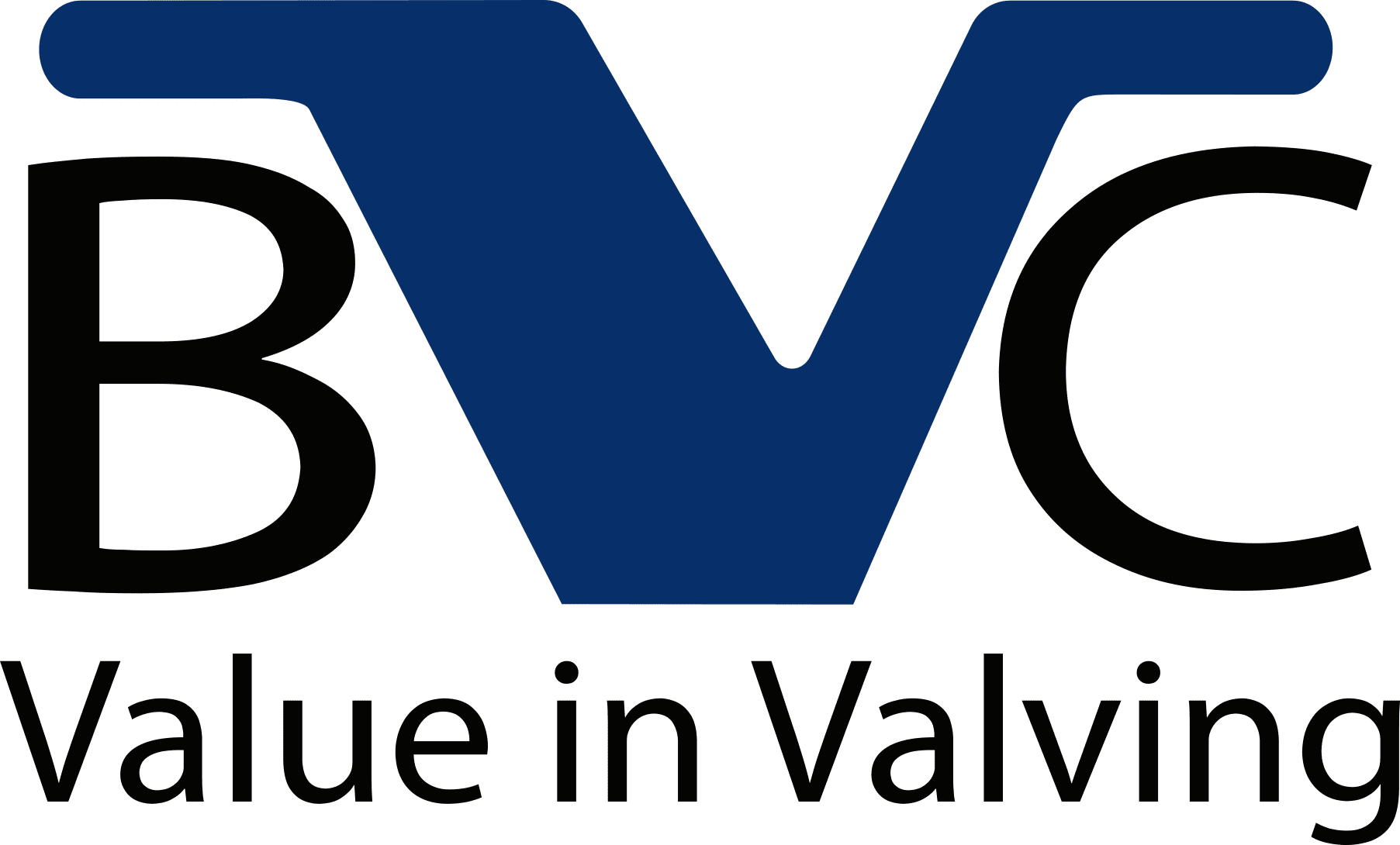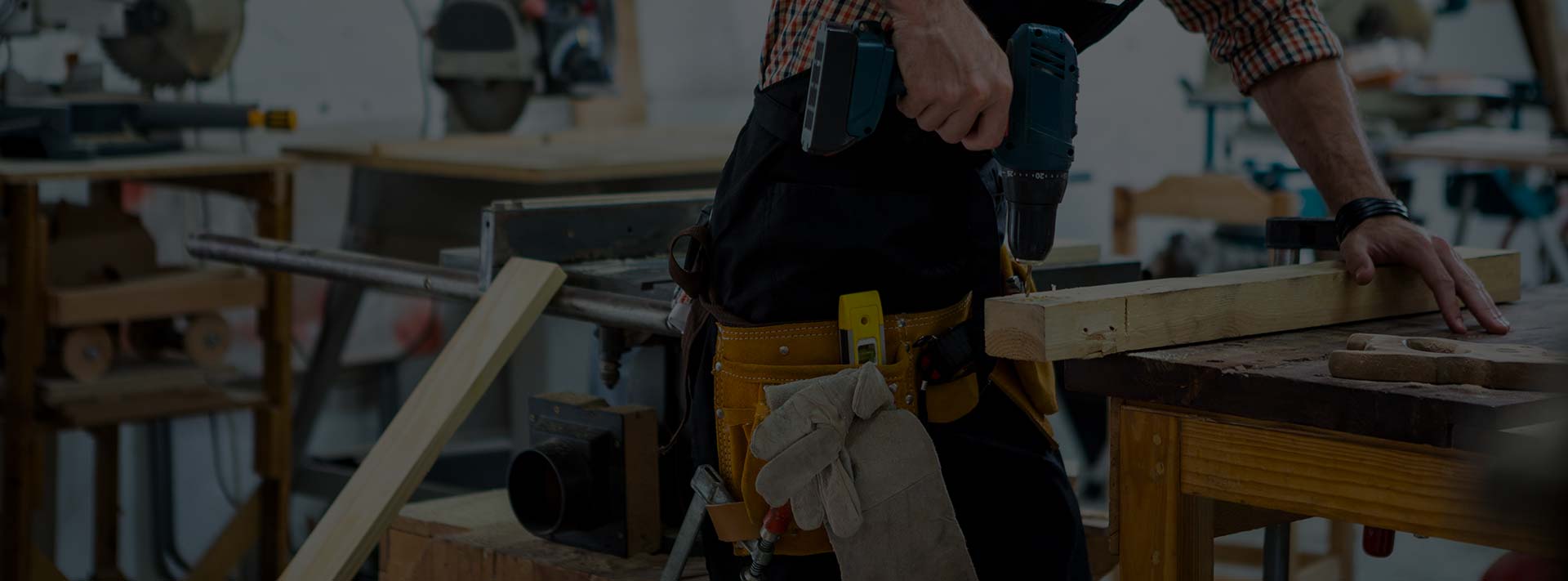28 Sep An Overview of Valve Inspection and Testing
Media flow hydraulic processes and procedures are heavily dependent upon quality valves. Failure in a piping system from faulty valves can incur considerable and costly damage. In some cases, these failures may risk catastrophic property damage or injury and death to workers.
Because of the critical role valves have in complex and intricate processes, proper inspecting and routine testing should be part of a risk mitigation plan. Today, we’ll go over the kinds of valves, industry standards, and testing you might encounter.

What is a Valve?
While the function of a valve is relatively simple, the designs are diverse and sometimes complex. Below is a list of valves you may already be familiar with along with their applications.
- Butterfly Valve – A quarter-turn valve used to control the flow of liquid, gas, or particulate matter. It is used in treatment plants, food industry, ship industry, petrochemical plants, fire extinguisher systems, paper manufacturing, and many more applications.
- Ball Valve – A shutoff valve with a rotary ball controls flow and pressure control in gas distribution systems as well as pressure reduction in connection with gas storage. It is used in applications involving corrosive fluids, slurries, or normal liquid and gases. Applications are found in the oil and natural gas industry, manufacturing sectors, chemical storage, some residential uses, etc.
- Globe Valve – A linear motion valve used to start, stop, and regulate flow. It may be used for isolation and throttling. Applications include cooling water systems, fuel oil systems, feedwater or chemical feed systems, turbine lube oil, boiler, and main steam vents or drains.
- Check Valve – A one-way, non-return valve where the flow runs freely in a single direction and works to prevent backflow. It is used in pumps, fluid systems (for chemical and power plants), and more.
- Needle Valve – A plunger valve with a small opening (or port) that has a needle-shaped plunger that allows precise regulation of flow. It’s ideal for systems with lighter and less viscous media with low flow rates or systems with small channels and pipes. This valve regulates gas or water through an appliance or system.
- Gate Valve – A sluice valve that is multi-turn and works by inserting a rectangular gate or wedge in the path of a flowing media. A threaded stem connects the actuator (such as a handwheel or motor) to the gate’s stem. It is found in industrial applications such as pharmaceuticals, manufacturing, automotive, oil and gas industry, or marine. It’s also useful in underground applications and is ideal for vertically-oriented setups (as it is space-saving).
- Pinch Valve – A full bore or fully ported valve that “pinches” to obstruct the flow of fluids. It’s used for liquid, solid, and slurry applications. It’s ideal for isolating or regulating media that is abrasive, corrosive, and fibrous.
- Plug Valve – A quarter-turn rotary motion valve where a tapered or cylindrical plug is used to start and stop the flow of media. Applications include natural gas piping systems, oil piping systems, coal slurries, mineral ores, mud, sewage, or vacuum to high-pressure applications.
- Pressure Relief Valve – A safety relief valve designed to open at a preset pressure level and discharge fluid until an acceptable level of pressure is reached. It is necessary for applications where pressure levels are critical (such as oil and gas, petrochemical, or power generation using steam, air, gas, or liquid). Applications include firefighting, high-rise building systems, water towers or tanks, drinking water systems, or multi-phase applications in refinery and chemical processing systems.
Why is Valve Testing Important?
Smooth and safe operations of industrial processes and equipment rely on control valves that perform with precision. The quality of production is optimal when valves most effectively regulate process variables such as temperature, pressure, and flow.
Testing valves to monitor performance promotes both product quality and (most importantly) safety. Valve failure has been to blame for several plant or refinery explosions. We follow set protocols and industry standards to ensure safety.
International Standards for Valve Testing and Inspection
Globally-sourced products are on the rise, yet domestic manufacturing has scaled back, so every part of the valve supply chain sees a need for more testing.
Set standards achieve two aims: puts in place criteria that the valve is expected to meet or exceed and establishes testing procedures. This ensures the integrity of the valves and that the valve is fit to do its job within a process. Reliability and longevity are vital to these operations and testing allows us to make adjustments and repairs where necessary.
For the oil and gas industry standards, there is the American Petroleum Institute, and for general applications, there is the American National Standards Association. Below are some specific testing procedures found in various industries.
API 598
The API 598 covers the testing criteria of various types of valves (soft & metal seated). This valve inspection covers, examination, pressure, and leakage rates for metal-seated and resilient seated valves (including a butterfly valve test). In order for a valve to pass the test, there must be zero leakage
ANSI – API 607
This standard applies to the testing and performance evaluation of the straightway, soft-seated quarter-turn valves when the valves are exposed to fire conditions.
API SPEC 6D
This international standard testing applies to ball valves, check valves, plug valves, and API6D design pipeline check/gate valves. It specifies those requirements and provides recommendations for the design, manufacturing, testing, and documentation of these valves. This test is associated with Petroleum and Natural Gas Industries-Pipeline Transportation Systems-Pipeline Valves
BS 759-1
This testing is for valves, gauges, and other safety fittings involved with boilers (including its piping installations). Specifications apply to the associated valves, mountings, and fittings.
Important Types of Valve Inspection and Testing
To give you an idea of what testing is applied to determine the efficacy and the health of valves in industrial applications, we’ll go over those evaluation measures.
Valve Shell Test
The valve is checked for leaks by having it partially open and subject to hydrostatic pressure at 50% higher than the rated working pressure. A specified amount of pressure is applied during this test. There are also specific water temperatures in effect (41°F to 122°F). In order to pass the test, there must not be any leaking from the valve. When valve material includes stainless steel, chloride ion content must be less than 100 ppm.
Valve Seat Leak Test
This test has the valve completely closed with the inlet subject to the hydrostatic pressure with the valve body filled with the testing fluid at a certain temperature.
The outlet side of the valve is monitored for any leaks. Pressure cannot be lower than the 110% maximum allowable pressure at 100 °F. The duration of applied pressure is usually one minute. For the valve to pass the test, it cannot leak from the stem and packing. A minimal amount of leakage from the sealing surface of the disc and seat is acceptable.
Pressure Safety Valve Inspection
This valve inspection observes inlet and outlet piping with pressure safety valve removal.
The following parts are checked for issues of deposit accumulation, corrosion, cracking, pitting, roughness, or other damage:
- External surface
- Discharge nozzle
- Flanges
- Spring and bellows
Backseat Valve Test
For this test, the valve is fully opened while the valve ends are closed. Pressure cannot be lower than the 110% maximum allowable pressure at 100 °F.
The testing duration lasts 15 seconds for a valve that’s less than 2 inches and for valves more than 2 inches, it lasts 60 seconds. During this process, the packing gland is closely inspected while it is under the backseat test pressure. It passes if there are no leaks from the valve or from the packing gland.
Contact Butterfly Valves & Controls Today
Industry standards and testing procedures in place offer the necessary guidance to maintain safe and optimally-performing operations. For each valve in your process, you should have routine testing as part of your standard operating procedure.
BVC is here to help you find the best valves for your operations and answer any questions you have about performance and safety considerations. For added quality assurance, we also offer a valve inspection certificate. Contact us today by phone, email, or contact form for assistance with your quality valve needs.


No Comments